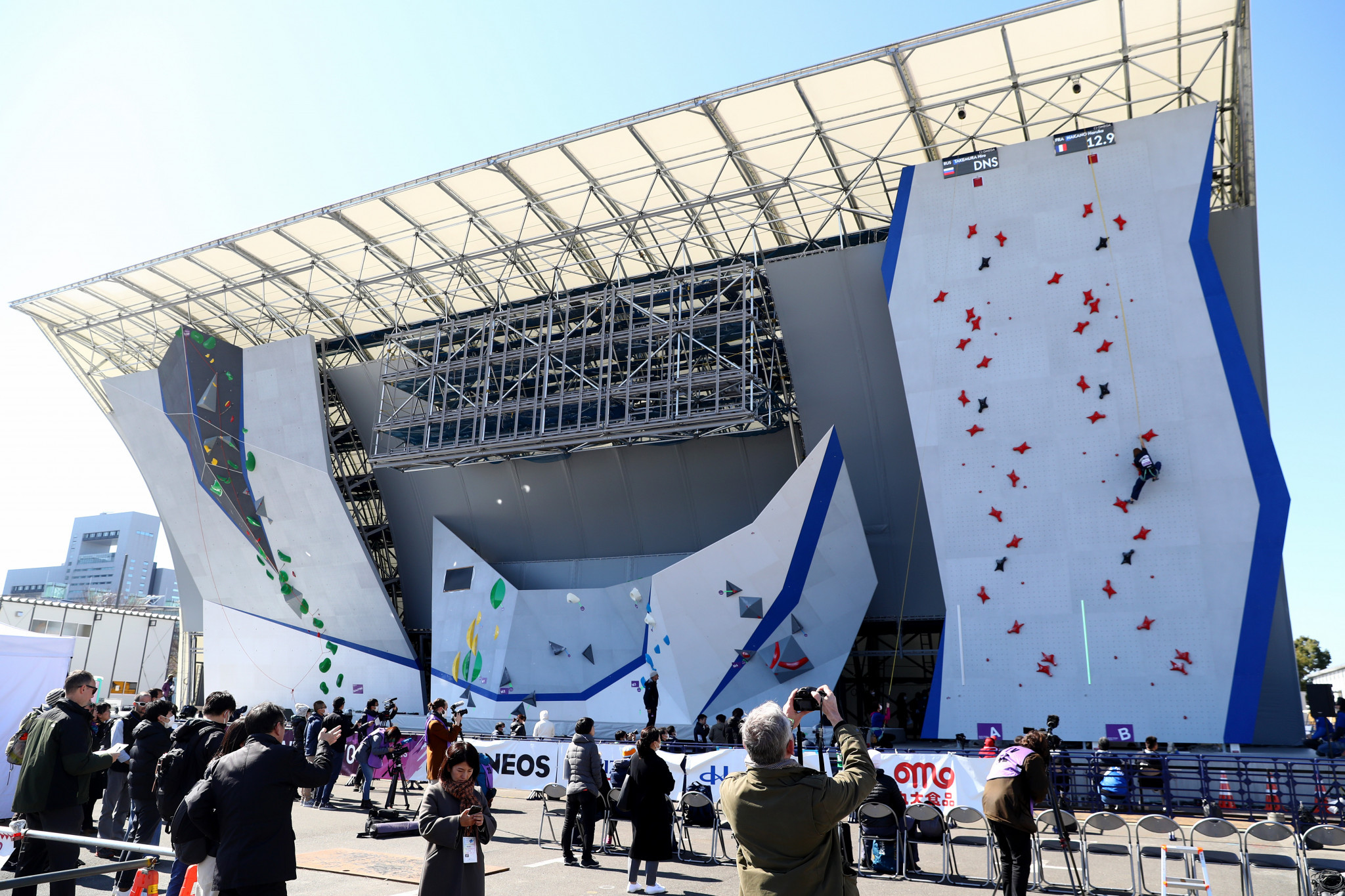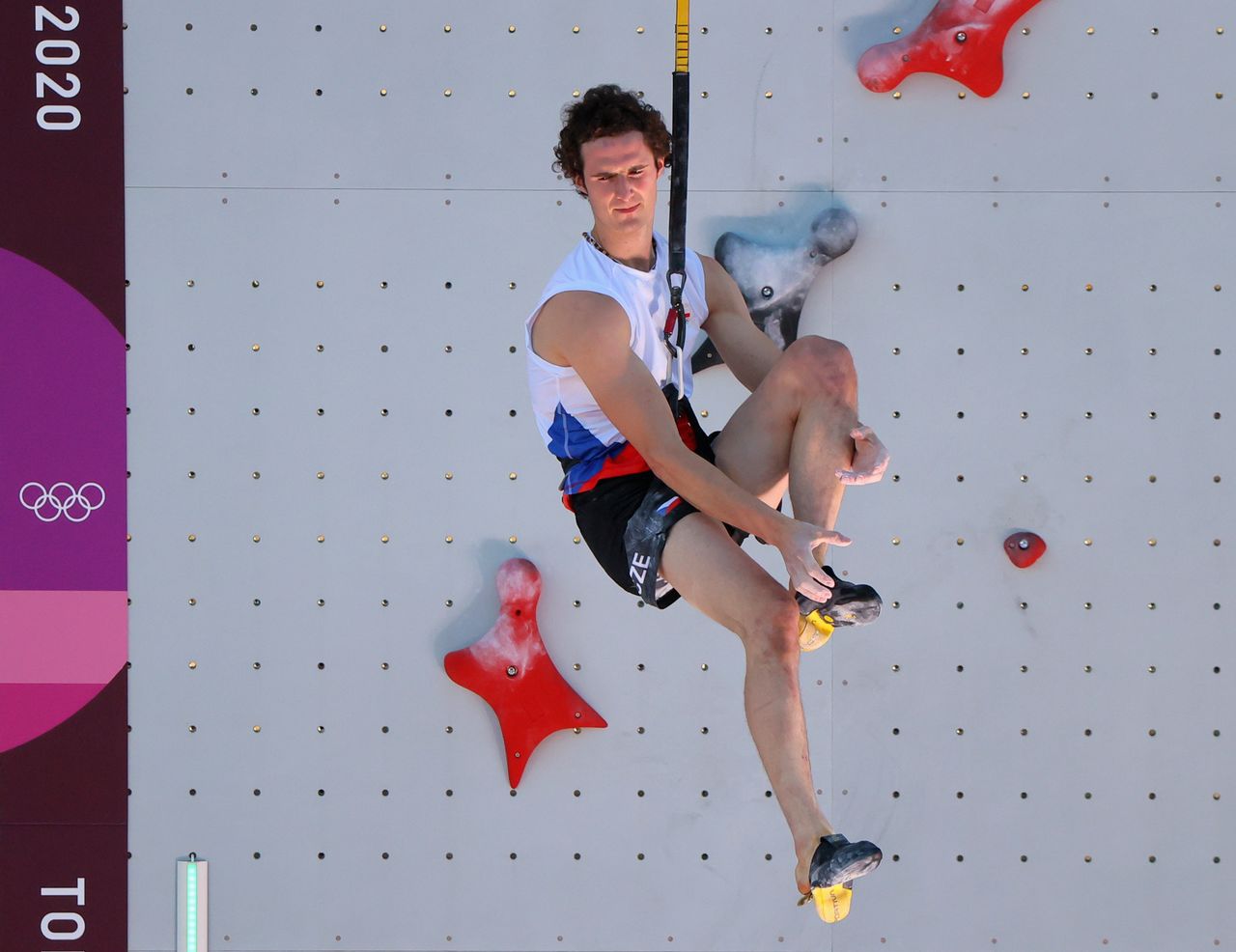The Rise of Sport Climbing in the Olympics: Sport Climbing Combined Olympics Live

Sport climbing, a thrilling and challenging activity, has captured the world’s attention and finally made its debut as an Olympic sport at the 2020 Tokyo Games. This inclusion marked a significant milestone for the sport, propelling it onto the global stage and inspiring a new generation of climbers.
The History of Sport Climbing and its Inclusion in the Olympics
Sport climbing’s journey to the Olympics is a testament to its growing popularity and recognition as a legitimate athletic pursuit. Its origins can be traced back to the early 20th century, with pioneers like Paul Preuss and Hans Dülfer pushing the boundaries of rock climbing. However, it was in the 1980s that sport climbing gained momentum as a competitive discipline, with the establishment of dedicated climbing gyms and the development of standardized routes and competition formats.
The International Federation of Sport Climbing (IFSC) was founded in 1991, further solidifying the sport’s international presence and paving the way for its eventual inclusion in the Olympics. The IFSC organized world championships and other major competitions, attracting a growing pool of talented climbers from around the world.
The inclusion of sport climbing in the 2020 Tokyo Olympics was a culmination of years of advocacy and hard work by the climbing community. The sport’s unique combination of strength, agility, and mental fortitude impressed the International Olympic Committee (IOC), ultimately leading to its inclusion in the Games.
The Disciplines of Sport Climbing
Sport climbing encompasses three distinct disciplines, each presenting unique challenges and requiring specialized skills:
- Lead Climbing: In lead climbing, athletes ascend a vertical wall, placing protective gear (quickdraws and carabiners) into pre-placed bolts as they progress. The climber’s goal is to reach the highest point on the route within a set time limit. Lead climbing emphasizes strength, endurance, and technical skills, as climbers need to navigate challenging moves while ensuring their safety.
- Bouldering: Bouldering involves climbing relatively short, low-height routes (boulders) without ropes or harnesses. Climbers rely on their strength, balance, and problem-solving abilities to navigate the intricate holds and movements. The focus is on technical precision and creative problem-solving, making bouldering a highly engaging and challenging discipline.
- Speed Climbing: Speed climbing is a race against the clock, where athletes climb a standardized 15-meter wall as quickly as possible. This discipline requires explosive power, speed, and agility, as climbers need to move quickly and efficiently to secure the fastest time.
The Impact of the Olympics on Sport Climbing, Sport climbing combined olympics live
The inclusion of sport climbing in the Olympics has had a profound impact on the sport’s global popularity and growth.
- Increased Participation: The Olympics have brought sport climbing to a wider audience, inspiring people of all ages and backgrounds to try the sport. Climbing gyms around the world have reported a surge in memberships and participation, with many new climbers drawn to the sport’s unique challenges and thrills.
- Enhanced Visibility and Funding: The Olympic spotlight has significantly increased the visibility of sport climbing, attracting sponsorships, investments, and media attention. This has enabled the sport to grow its infrastructure, develop new talent, and reach new heights of professionalization.
- Inspiring the Next Generation: The success of Olympic climbers has served as a powerful inspiration for young athletes, motivating them to pursue their climbing dreams. The Olympics have created a platform for showcasing the sport’s diversity, inclusivity, and athleticism, inspiring the next generation of climbers.
The Thrill of Watching Sport Climbing Live

Sport climbing competitions are a spectacle of athleticism, technical skill, and sheer determination. Watching climbers conquer challenging routes live, the intensity of the competition is palpable, making it a truly captivating experience. The unique blend of strength, agility, and mental fortitude on display sets sport climbing apart from other Olympic disciplines.
The Intensity of Live Competition
The energy in a sport climbing venue is electric. The crowd roars as climbers make daring moves, and the tension is palpable as they navigate each hold with precision. The atmosphere is infectious, drawing viewers into the heart of the action. The climbers’ focus and determination are captivating, and the cheers of the crowd add to the overall excitement.
Comparing Live Sport Climbing to Other Olympic Sports
Unlike some Olympic sports, where athletes compete in a series of rounds or heats, sport climbing offers a continuous spectacle. Each climber’s performance is a unique story, unfolding in real time. This makes it incredibly engaging for viewers, as every move can shift the outcome of the competition.
A Guide for First-Time Viewers
For those new to sport climbing, understanding the scoring system and key aspects to watch for can enhance the viewing experience.
Scoring System
- In sport climbing, athletes compete in three disciplines: lead, bouldering, and speed.
- Each discipline has its own scoring system, with the highest score in each discipline determining the overall winner.
- In lead climbing, athletes attempt to climb as high as possible on a challenging route within a set time limit. The climber who reaches the highest point on the route without falling receives the highest score.
- In bouldering, athletes attempt to complete a series of short, challenging routes, known as “problems.” The climber who completes the most problems within a set time limit receives the highest score.
- In speed climbing, athletes race against each other to climb a pre-set route as quickly as possible. The climber with the fastest time wins.
Key Aspects to Watch
- Footwork: Observe the climbers’ footwork. Experienced climbers use precise footwork to maintain balance and conserve energy.
- Handholds: Pay attention to the handholds climbers use. Each hold presents unique challenges, requiring different techniques and strength.
- Route Difficulty: Sport climbing routes are graded according to their difficulty, with higher grades indicating more challenging routes. Look for the route’s grade to understand the difficulty of the climb.
- Climber’s Strategy: Observe the climber’s strategy as they navigate the route. Some climbers prefer to move quickly, while others focus on precision and efficiency.
- Mental Fortitude: Sport climbing requires immense mental focus and resilience. Watch for how climbers handle pressure and setbacks.
The Future of Sport Climbing in the Olympics

The inclusion of sport climbing in the Tokyo 2020 Olympics marked a significant milestone for the sport, showcasing its dynamic nature and captivating athleticism to a global audience. As the sport continues to evolve and gain popularity, its future in the Olympic Games is promising, with the potential to become an even more prominent and widely loved event.
Factors Contributing to Sport Climbing’s Growth in the Olympics
The inclusion of sport climbing in the Olympics has already sparked a surge in interest and participation, attracting a new generation of athletes and enthusiasts. This growth can be attributed to several key factors:
- Increased Visibility and Exposure: The Olympics provided an unparalleled platform for sport climbing, introducing it to a vast global audience and inspiring many to try the sport for the first time.
- Growing Popularity and Participation: Sport climbing has been experiencing a steady rise in popularity worldwide, with climbing gyms popping up in major cities and more people seeking outdoor climbing experiences.
- Technological Advancements: Innovations in climbing equipment, such as ropes, harnesses, and shoes, have made the sport safer and more accessible, attracting a wider range of participants.
- Focus on Diversity and Inclusivity: The Olympic movement emphasizes diversity and inclusivity, and sport climbing aligns with these values by offering opportunities for athletes of all ages, genders, and backgrounds.
Challenges and Opportunities for Sport Climbing’s Continued Success
While sport climbing has made impressive strides in the Olympics, it faces certain challenges in securing its long-term place in the Games. However, these challenges also present opportunities for growth and innovation:
- Promoting Spectator Engagement: One of the key challenges for sport climbing is to attract a wider audience and make the competition more engaging for viewers. This can be addressed by improving the presentation and storytelling aspects of the event, highlighting the athletes’ personalities and backstories, and incorporating innovative technology to enhance the viewing experience.
- Simplifying the Scoring System: The current scoring system in sport climbing can be complex and challenging for viewers to understand. Streamlining the scoring system and providing clear explanations can make the competition more accessible and enjoyable for the audience.
- Balancing Difficulty and Spectacle: Sport climbing involves technical difficulty and athletic prowess. Finding the right balance between challenging routes and ensuring a visually appealing and exciting competition is crucial for maintaining audience interest.
- Promoting Gender Equality: Sport climbing has a strong tradition of gender equality, with both men and women competing at the highest level. Ensuring equal representation and opportunities for both genders in the Olympics is essential for promoting inclusivity and fostering a balanced and diverse sporting landscape.
Innovation and Development in Sport Climbing Equipment and Techniques
The Olympic platform provides a catalyst for innovation and development in sport climbing equipment and techniques. This is evident in the ongoing research and development efforts aimed at enhancing safety, performance, and the overall experience of the sport:
- Lightweight and Durable Equipment: Advancements in materials science have led to the development of lighter and more durable climbing equipment, allowing athletes to perform at higher levels while maintaining safety.
- Innovative Climbing Shoes: Climbing shoe technology continues to evolve, with new designs and materials providing enhanced grip, comfort, and performance, enabling athletes to tackle more challenging routes.
- Training Techniques and Technology: Training methods and technology are constantly evolving, incorporating data analysis, virtual reality simulations, and personalized training programs to optimize performance and minimize injury risk.
- Sustainability and Environmental Responsibility: The climbing community is increasingly focused on sustainability and environmental responsibility. This is reflected in the development of eco-friendly climbing equipment and the promotion of responsible climbing practices to minimize the sport’s impact on natural environments.
Watching the sport climbing combined Olympics live is super intense! It’s amazing how they can scale those walls with such grace and strength. I’m getting hungry just watching it though. Maybe I should check out indian food near me to fuel up before the next round.
The Olympics are definitely a reminder of how important it is to stay active and eat healthy!
Watching the sport climbing combined event live is super intense, with the athletes going all out in bouldering, lead climbing, and speed climbing. It’s wild to see how they adapt to each discipline, and it’s definitely a sport to watch! If you’re curious about how climbers are making their way to Paris, check out the qualifying process for the climbing Olympics 2024.
It’s gonna be a tight race, and I can’t wait to see who makes the cut and competes in the combined event!